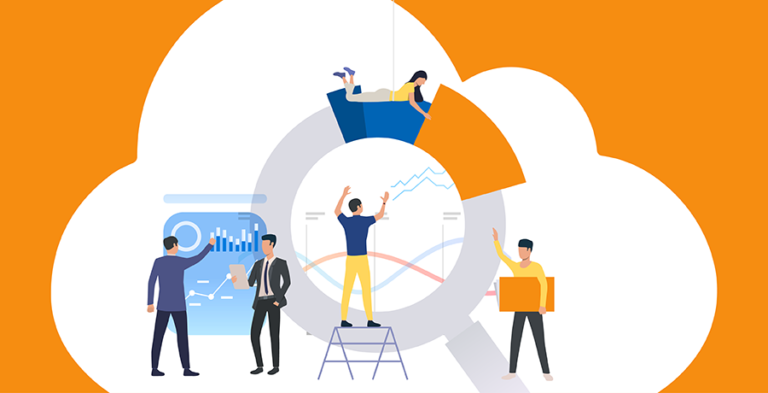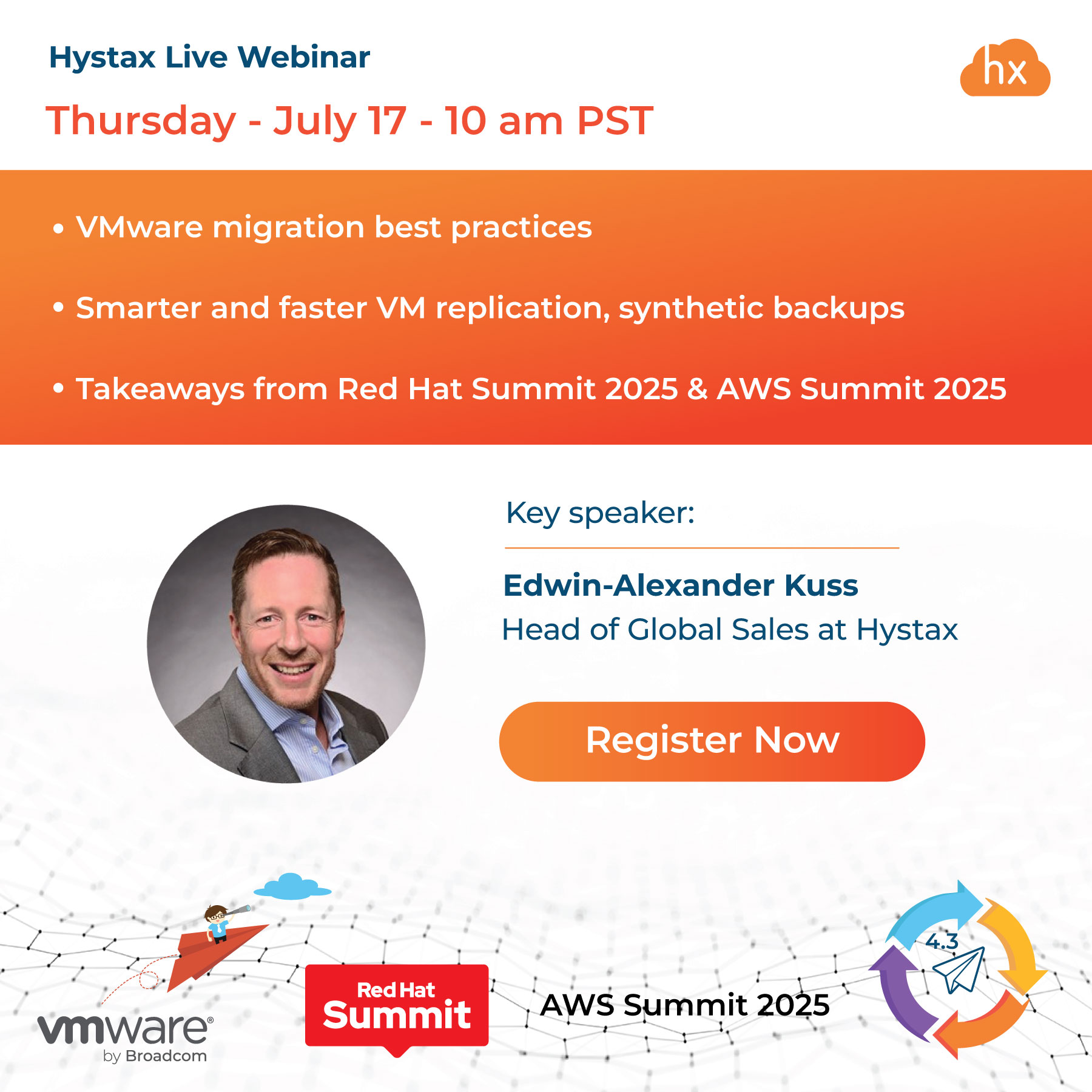Mismanaged cloud estate is a common problem business leaders are facing on a daily basis. Analyzing your cloud performance and cloud price structure can be tedious. Additionally, getting a true understanding of how your cloud operates each month and how you’re allocating or mismanaging cloud spends can be cumbersome. Yet in order to identify wasted spends and optimize the process, this full understanding and transparency to your cloud spending is worth the time and effort.
If asked by your senior management team right now, could you answer what percentage of your company’s capital is wasted by mismanaging your cloud estate? The answer won’t be close to 0% even for companies fully dedicated to keeping cloud spend optimization top of mind. However, multiple sources put this figure at 35% for businesses on average. Do you know where your company stands with regard to cloud consumption to access this?
Many IT and business leaders who are responsible for the cloud cannot answer this question offhand, partly because it’s ever changing. They may also be aware of some best practices to manage the cost and value balance in the cloud, but they’re often not able to identify how to apply these practices effectively or customize them to their business.

Type of cloud architecture
Cloud cost optimization is not a one-and-done task; optimization of AWS costs is an ongoing process. It’s essential for IT to collaborate closely with the finance department. Together, you should adopt a joint mindset of consistent improvement in keeping tabs on how well AWS is working for your company.
What makes FinOps and optimization so tricky is the variability of spending each month, with shifts in demand and the ability to swiftly spin up new environments whereas it’s much more difficult to spin down. A company’s FinTech management must also be looked at with an ongoing process of ‘editing’ in mind and remaining disciplined. Effective cloud finance management only occurs when a company’s different stakeholders work simultaneously to make these updates.
This can be achieved when a team considers cost as a non-functional requirement. They should consider regularly how implementing new technologies can further optimize cost. However, in order to do so effectively, this ongoing cost optimization relies on a knowledge of the factors and levers available to you and which can be adjusted. Knowledge of these factors will have the greatest impact in bringing cost down.
Some guidance on factors to consider
Are you setting improvement target goals? Having a plan in place is one thing, but setting up benchmarks to meet will ensure you’re checking in and making the necessary improvements.
AWS often suggests driving a discipline of automating elements as a “business as usual” activity. One example includes reducing environment setup times from days to hours or minutes. This new set up drives a practice of tearing down and rebuilding environments more regularly to ensure they keep a known state. It also decreases the chances of environments being left running unnecessarily by teams who want to refrain from manual builds. Your company can consider identifying and rewarding those who take the most effort to decrease operating costs to gamify the process for your teams and get them more invested.
These teams can achieve the above-mentioned efforts when looking more toward data and trends on items like spot instances, reserved instances and more to reduce costs. With more data to access it’s easier to manage cloud-based costs. Making informed decisions based on cloud data will allow your teams feel much more in control when considering the cloud and its use. Finally, when considering product development best practices, teams can place more importance to non-functional requirements. For example, small changes can help with better utilization of elastic capacity in existing applications.
Additionally, are you using all of the tools at your disposal? Many AWS services exist such as AWS Instance Schedulers, AWS Systems Manager, AWS Trusted Advisor and AWS S3 Intelligent Tiering. These tools can help you automate cost decisions based on use. AWS Budget can also send alerts when you spend threshold breaches. It’s a clear miss not to take advantage of all you’re provided when using AWS as your vendor.
Steps to successful AWS cost optimization
AWS has reduced prices 67 times since launching in 2006, but costs increase when consumption increases. AWS cost optimization buzzwords and strategies to keep in mind are cost allocation, cost visibility, zombie (or wasted) assets, reserved resources, instance scheduling, rightsizing, data tiering and spot instances.
Here are some AWS сost optimization and AWS cost management best practices, DevOps strategies and sources of consumption increases you can act on:
Provisioning and decommissioning of resources
Don’t let unused resources accumulate (inflated application count, unused servers, unused storage). Instead, actively decommission resources.
Don’t wait for performance problems to fine-tune
Don’t wait for app performance to be poor to add resources and upsize instances. Also, understanding if you’re adding too much and getting strong performance versus adding just enough resources as the result will appear the same and you may be overspending.
Rank optimization ideas
Assign values by the impact/effort ratio of optimization ideas and implement and progress down the list methodically.
Consider what you can remove to cut costs
Сloud usage optimization involves uncovering and removing unused applications, unused instances, unused storage volumes, Elastic Block Storage (EBS) volumes, unused snapshots and unattached Elastic IP addresses Also, reallocate or sell unutilized reserved instances by looking at AWS Cost Explorer and reselling on the Amazon EC2.
Resize so you’re not overprovisioning
Resize instances and storage volumes as well as reduce the performance of storage volumes. When you can’t remove, make sure you’re constantly resizing. Amazon CloudWatch can help.
Quarterly or annually refactor
It’s tedious, but look at each application and ensure that the architecture is as efficient as possible. Your AWS account team can also perform an AWS Well Architected Review.
Upgrade instances to the latest gen
AWS does regular announcements on how products have been upgraded and when new features are introduced to support services. Pay attention to those that relate to the latest generation instances. These are likely to have improved performance and functionality, which helps you upgrade existing instances to the latest generation, or downsize existing instances to benefit from the same performance level at a cheaper cost.
Buy reserved nodes for RedShift and ElastiCache services
There have been some changes here and you can invoke 1-year or 3-year terms with the option of paying the full amount upfront, partially upfront or monthly. Take advantage of reservations on the ElastiCache Service, but first upgrade nodes to the latest generation.
Visibility is key to optimization
At the end of the day, visibility is critical for cloud cost optimization. Make sure your team sets trends, budgets and forecasts for different teams and departments. This setup will help you identify where changes occur and why things may seem off for better AWS cloud cost management.
Each member of your organization who works with AWS and has a role in cloud usage should know the costs they and their team incur. Making your teams do this exercise also drives awareness in the spends they are generating and how they can reduce cloud costs.
Do your research
Even if your in-house team holds helpful knowledge on how to optimize its cloud costs, it’s important to do research and refer to experts to see what they’re recommending for AWS cloud cost optimization. Since many vendors and partners like Hystax are regularly in touch with the AWS team directly, you may uncover items and updates you weren’t aware of.
Hystax is producing content and resources to help you further. We aim to inspire your team to think of new ideas to cut costs. Check out our «How to» articles, including How To Save on Amazon S3 Intelligent Tiering and The Quickest Way to Save on Amazon S3, which both provide great tips on how to save on your Amazon spends.
How OptScale can help
Hystax OptScale is designed to help with cloud optimization and cloud cost management. OptScale’s tools help companies realize their FinOps adoption potential quickly. Our solution is a game-changer for FinOps enablement. It engages engineers, leverages cloud management and resource sharing and provides complete transparency and cost savings to businesses who are in dire need of it. 80+ companies are working with Hystax OptScale to effectively enhance resource management and benefit with an average cloud cost savings of 34%. Feel free to reach out to us to improve your cloud usage experience and better optimize your cloud costs with AWS and other clouds you’re using.

Nick Smirnov, FinOps and digital transformation enthusiast, CEO at Hystax



